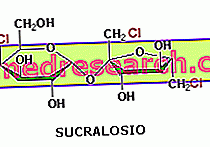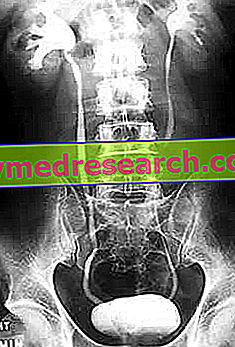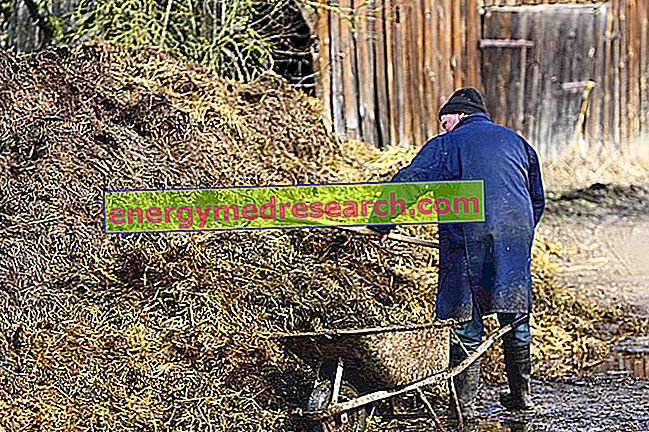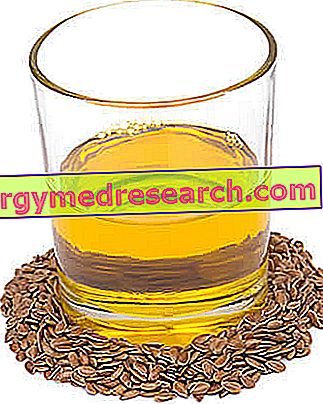Sucralose is a substance belonging to the category of artificial sweeteners. From the chemical point of view it is a chlorinated derivative of sucrose, since three hydroxyl groups of this sugar are replaced by three chlorine atoms (see figure).

Sucralose is particularly used in food, supplements and dietary products. It can help in low-calorie diets aimed at reducing body weight, even if you have to smile in front of the many people who swallow a couple of pastries in a hurry, then sweetening coffee with sucralose to save some calories. Much more important is the usefulness of this sweetener for diabetic people, since - unlike common kitchen sugar - it does not affect glycemic levels.
Sucralose is having an important commercial success in the wake of the persistent scientific research concerning the presumed toxicity of aspartame (which, to tell the truth, has been repeated, between confirmations and denials, for many years now). Aspartame, as opposed to sucralose, is made up of the combination of two amino acids, aspartic acid and phenylalanine (for this reason, since the latter is particularly toxic to phenylketonurics, products containing this artificial sweetener must clearly state that they are a source of phenylalanine).
Compared to aspartame, sucralose also has the great advantage of being stable at the temperatures at which normal bakery products are normally prepared.
Sucralose may also be indicated by the abbreviation E955, while aspartame may hide behind the initials E951. The European Committee has established an ADI (acceptable daily dose) of 15 mg per kg of body weight for sucralose.



